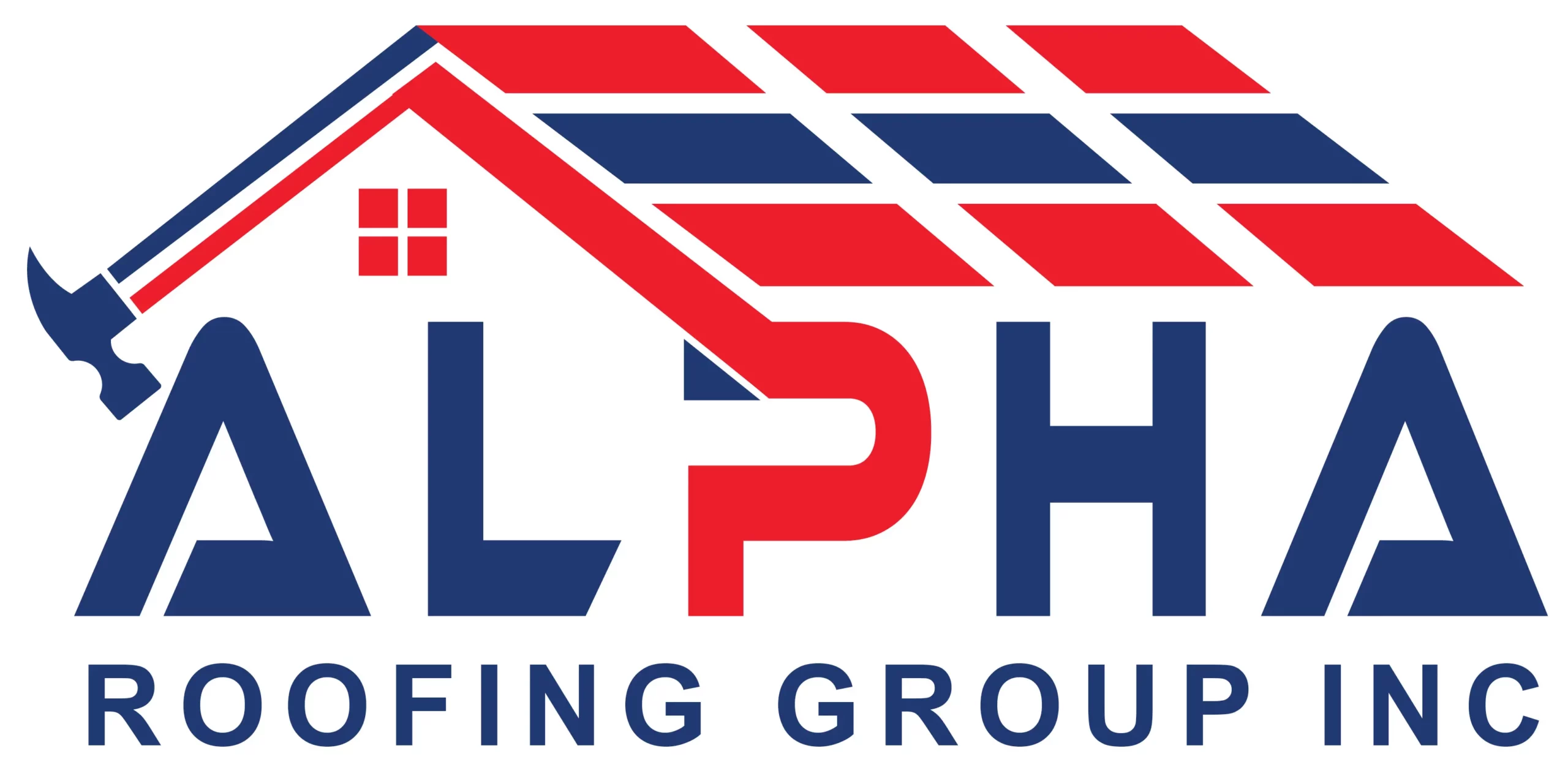Unlocking the Potential of Energy-Efficient Commercial Roofing
Understanding Heat Gain and Loss Through the Roof
Your commercial building’s roof plays a critical role not just in protecting your business from the elements, but also in how energy is used and conserved within the structure. A significant amount of heating and cooling energy can be lost or gained through the roof. During summer months, a traditional roof absorbs a considerable amount of solar heat, which increases indoor temperatures and, consequently, the need for air conditioning. In contrast, during colder seasons, heat can escape through a poorly insulated roof, leading to higher heating costs.
Key Factors Affecting Roofing Energy Efficiency
To truly harness the potential of energy-efficient roofing, it’s important to understand the factors that influence energy consumption. The materials used in your commercial roof, the quality of insulation, and even the color and reflectiveness of the roofing surface can substantially impact your building’s energy use. Moreover, the local climate plays a major role, as some materials and technologies are better suited to certain weather conditions than others.
The Evolution of Commercial Roofing Strategies for Reduced Energy Use
From Traditional to Innovative: A Brief History
The journey from traditional roofing materials to today’s innovative, energy-saving solutions has been propelled by a growing necessity for sustainability
Energy-Efficient Roofing Materials and Their Benefits
Sustainable Roofing Materials
In selecting roofing materials that contribute to energy efficiency, consider those that offer enhanced sustainability. These include options like cool roofing systems that reflect a significant portion of sunlight, thereby reducing heat absorption and maintaining cooler building interiors. Sustainable materials not only lessen the demand for air conditioning but also contribute to the overall health of the environment by reducing greenhouse gas emissions.
The Role of Reflective Roofing Coatings in Santa Clarita’s Climate
In the warm and sunny climate of Santa Clarita, reflective roofing coatings are a strategic investment for commercial buildings. These specialized coatings can reflect solar radiation away from the building, preventing heat absorption and contributing to a substantial reduction in cooling needs. This reflective ability can enhance roof longevity while dramatically cutting down on energy expenditures, especially during the intense heat of spring and summer.
Insulation Techniques and Technologies for Commercial Roofs
Commercial Roof Insulation Best Practices
Effective insulation is another cornerstone in commercial roofing strategies for lowering energy consumption. Utilizing advanced insulation materials and techniques ensures that the desired internal temperature is maintained with minimal reliance on heating and cooling systems. This involves selecting the right insulation R-value, which refers to the measure of thermal resistance, and implementing it thoroughly across the roof area to prevent energy leaks
Advanced Roofing Technologies for Optimal Energy Efficiency
Implementing Green Roofing Solutions for Businesses
For commercial entities looking to push the envelope in energy efficiency, green roofing solutions for businesses introduce a visionary approach. Green roofs, also referred to as living roofs, serve as an additional layer of insulation, significantly reducing cooling and heating energy demands. This eco-friendly option not only aids in temperature regulation but also absorbs rainwater and provides a habitat for local wildlife, thereby contributing towards environmental conservation efforts.
Reflective Roofing Coatings Santa Clarita
Investment in reflective roofing coatings is particularly relevant in the context of Santa Clarita’s climate which is known for its sunny and hot weather. A roof treated with these coatings can reflect solar energy effectively, which helps in maintaining more stable and cooler interior conditions. This can make a considerable difference in overall energy expenses, as the building will require less air conditioning to keep the indoor environment comfortable during the hotter months.
Maximizing Energy Reduction with Sustainable Commercial Roofing
Energy Costs Reduction Roofing Strategies
On the financial side of energy-efficient roofing, energy costs reduction roofing strategies can lead to significant long-term savings. By investing in enhanced roofing technologies and materials, businesses can substantially decrease
Handy Tips
Tip 1
Opt for a cool roof system enhanced with reflective coatings to mitigate heat retention and trim down expenses associated with air conditioning, especially in the balmy spring climate familiar to Santa Clarita.
Tip 2
Select eco-friendly roofing options that offer superior insulation and diminish the need for excessive heating and cooling, which will align with Santa Clarita’s ecological goals and local weather patterns.
Tip 3
Incorporate photovoltaic solar panels on your commercial property to harness the power of the plentiful sunshine in Santa Clarita and create your own sustainable energy source during the sunny spring season.
Tip 4
Implement state-of-the-art insulation methods for your commercial roof to reduce heat exchange, thereby maintaining more even indoor temperatures throughout the varied temperatures of Santa Clarita’s spring days and nights.
Tip 5
Arrange for an infrared roof evaluation to pinpoint areas where energy is being lost, allowing for targeted enhancements in roofing that bolster reductions in your overall energy expenditures.
Commonly Asked Question
What are some key factors affecting the energy efficiency of a commercial roof?
Key factors that affect the energy efficiency of a commercial roof include the materials used, the quality of insulation, the color and reflectiveness of the roofing surface, and the local climate which dictates the suitability of certain materials and technologies.
How can reflective roofing coatings benefit commercial buildings in Santa Clarita’s climate?
In Santa Clarita’s warm and sunny climate, reflective roofing coatings can play an essential role in reducing heat absorption by reflecting solar radiation away from the building. This results in a reduction of cooling needs and can substantially lower energy expenditures during the intense heat of spring and summer.
Why are green roofing solutions considered effective for energy efficiency?
Green roofing solutions, or living roofs, act as an additional layer of insulation for commercial buildings, considerably reducing the need for heating and cooling. Additionally, green roofs absorb rainwater and offer a habitat for local wildlife, supporting environmental conservation alongside energy efficiency.
What should be considered when choosing insulation for commercial roofs?
When selecting insulation for commercial roofs, it is crucial to choose the right R-value, which is the measure of thermal resistance. It’s important to ensure that the insulation is implemented effectively across the entire roof area to prevent energy leaks and maintain an optimal internal temperature with minimal energy use.





